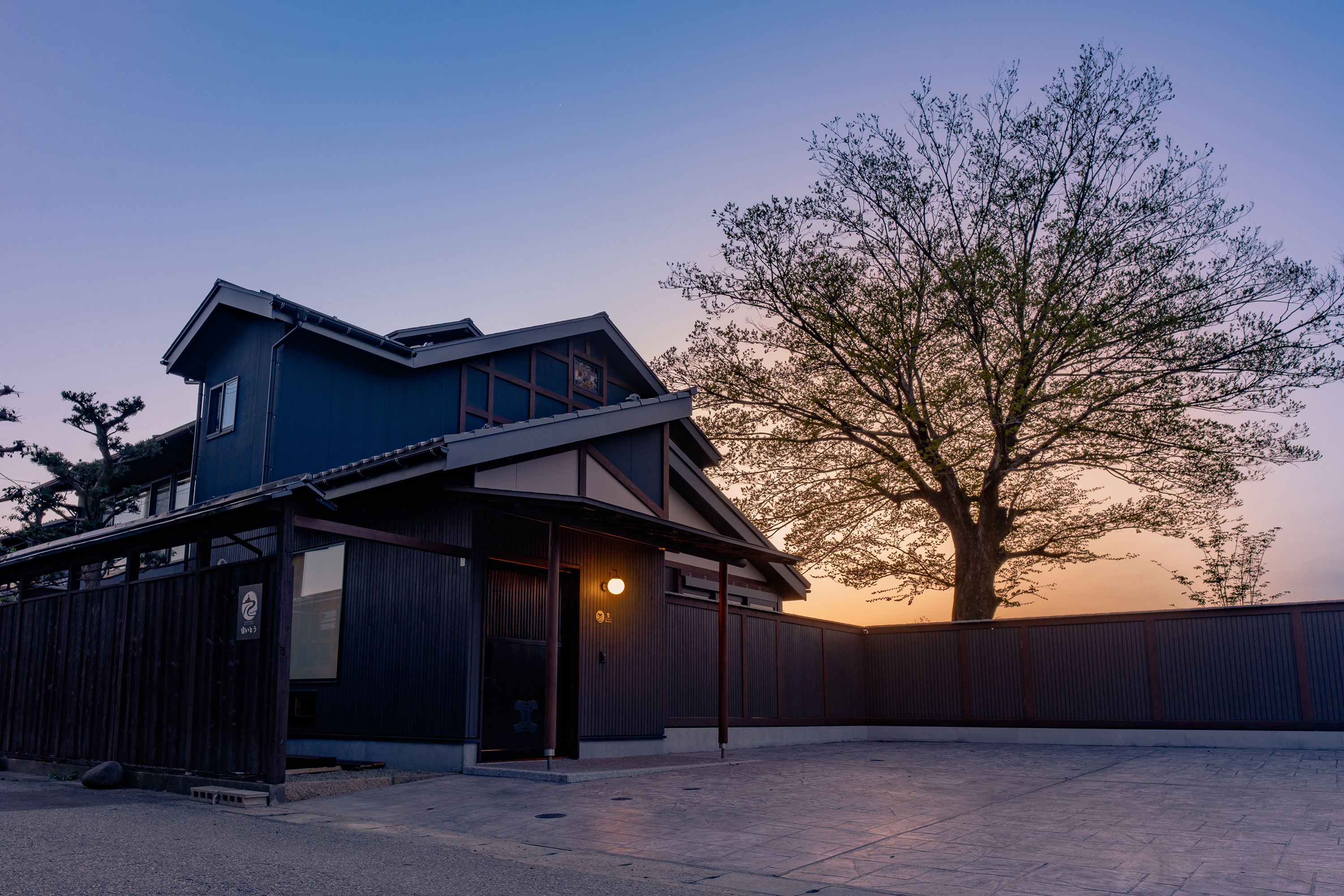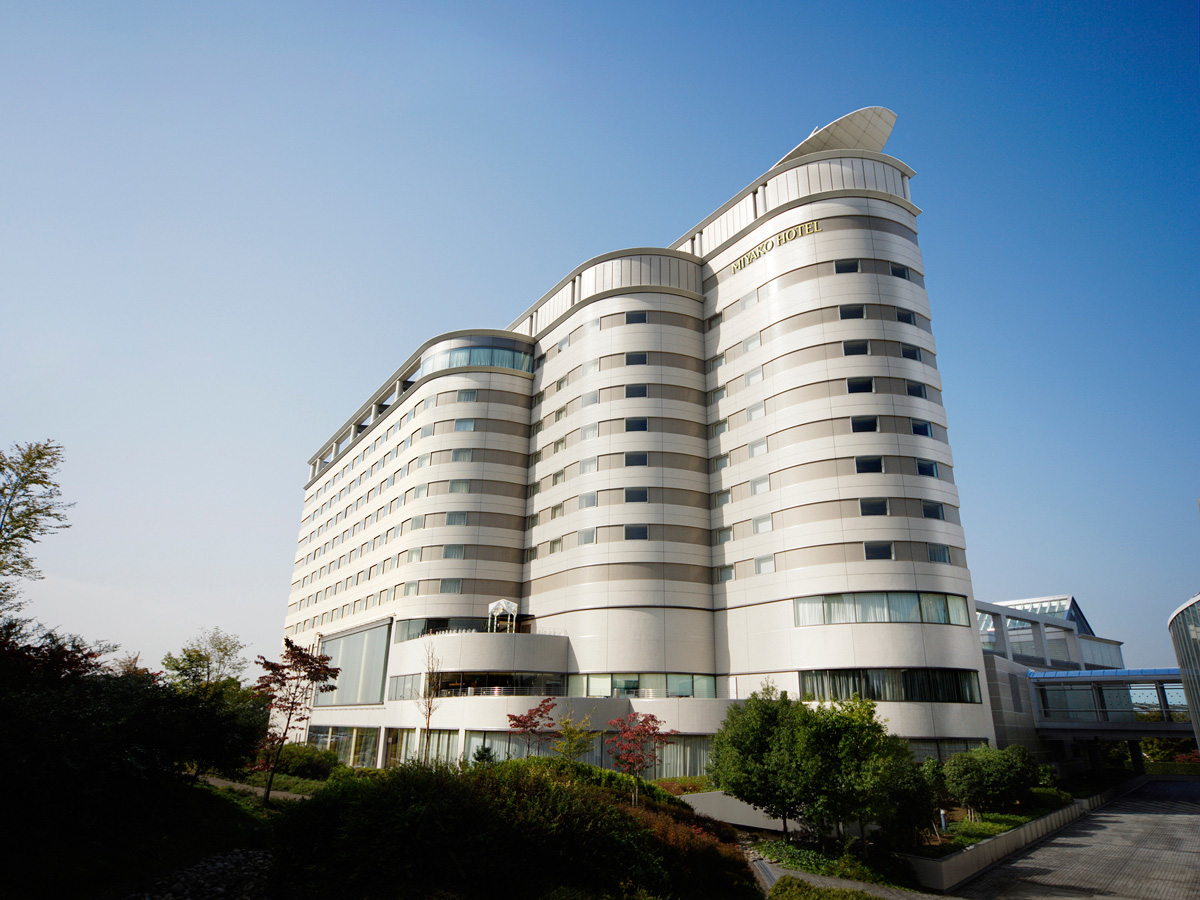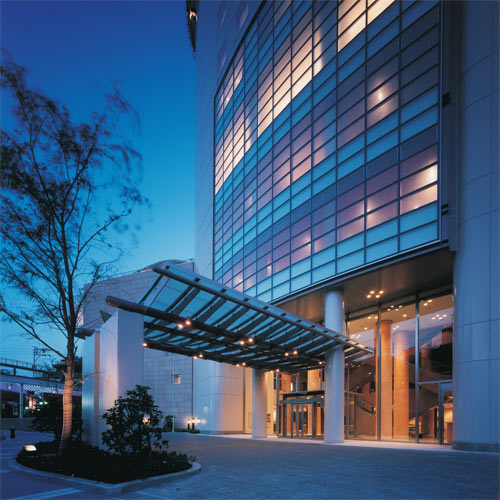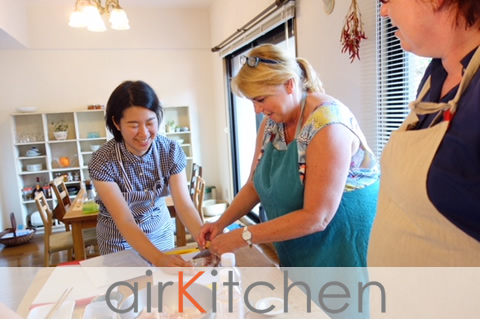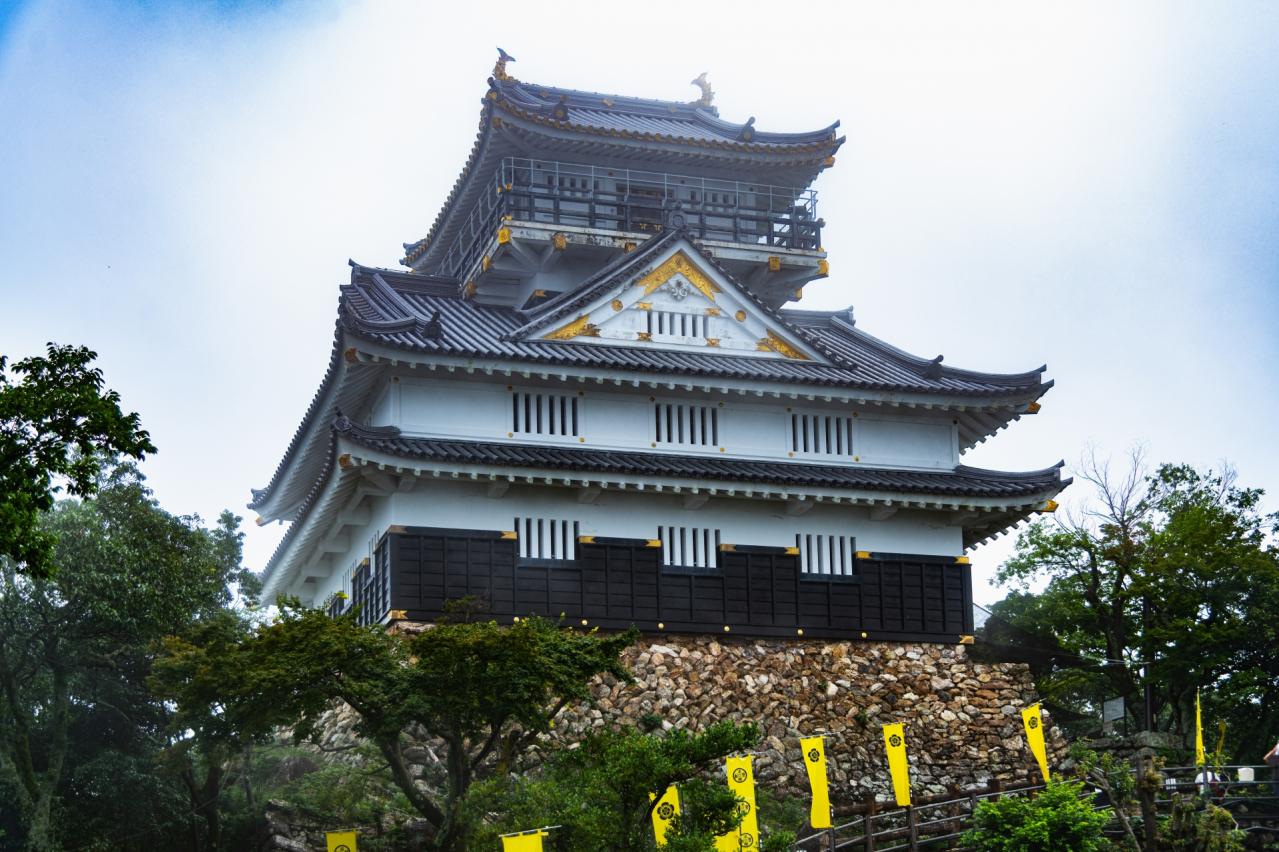
Gifu Castle
In 1956, the current castle, built with reinforced concrete, was restored and has since become a beloved tourist attraction. The observation deck offers stunning 360-degree views of the beautiful landscape, which is especially enchanting when illuminated at night.
Gifu Castle is situated atop Mount Kinka, which stands at an elevation of 329 meters. From the castle, one can see distant mountains such as Ena, Kiso Ontake, Norikura, and the Japan Alps. The pristine Nagara River flows through the city, surrounded by majestic mountains, creating a breathtaking natural setting. This castle, boasting a combination of history, nature, and scenic beauty, attracts numerous visitors and history enthusiasts.
During the Battle of Sekigahara, Oda Hidenobu sided with the Western Army, and the castle was captured by the Eastern Army. Today, Gifu Castle maintains its historical significance and grandeur, making it a symbol of Gifu City and a popular spot for night views.
Basic Information
- Spot Name
- Gifu Castle
- Location
- 〒500-0000 18 Kinkasan Tenshukaku, Gifu City, Gifu Prefecture
- Access
- Take the N Line (toward Nagara Bridge) from JR Gifu Station (platforms 11, 12, 13) or Meitetsu Gifu Station (platform 4) and ride the city loop bus in the left direction. Get off at "Gifu Park / Museum of History" and walk for 3 minutes to Gifu Park (to Gifu Castle, take the Kinka Mountain Ropeway within the park (4 minutes) → 8-minute walk → Gifu Castle).
Fare: 220 yen one way
Frequency: Approximately every 5 minutes, Travel time: 15 minutes
Please note that the fare may change due to revisions in the consumption tax rate.
*It is not possible to drive to the summit of Kinka Mountain or Gifu Castle. - Parking
- Gifu Park Parking Lot
- Business Hours
- March 16 to May 11: 9:30 AM to 5:30 PM
May 12 to October 16: 8:30 AM to 5:30 PM (Currently opening at 9:30 AM)
October 17 to March 15: 9:30 AM to 4:30 PM
*On New Year's Day only: 6:30 AM to 4:30 PM - Regular Holiday
- Open year-round.
- Fees
- Adults (16 years and older) 200 yen
Children (4 years to under 16 years) 100 yen - Contact Information
- Phone Number:058-263-4853
- Official Website
Map
Detailed Information
Gifu Castle, formerly known as Inabayama Castle, was once the residence of the warlord Saito Dosan during the Sengoku period. The castle gained significant notoriety when the extraordinary figure Oda Nobunaga conquered it in August of the 10th year of Eiroku (1567) (some sources say the 7th year), subsequently unifying the region and renaming the area from "Inokuchi" to "Gifu," establishing it as the base for his quest for national unification.
The current castle was reconstructed in July of Showa 31 (1956) by the Gifu Castle Reconstruction Promotion Alliance. The castle features a museum displaying historical materials, and the upper floors serve as an observation deck, making it a popular spot for many visitors. Furthermore, the area surrounding Mount Kinka was designated as a National Historic Site as "Gifu Castle Ruins" in 2011 (Heisei 23).
Gifu Castle ranks among the highest castles in Japan, situated at an elevation of 329 meters. From the top floor, one can see the crystal-clear Nagara River, famous for its cormorant fishing, flowing through the city below. To the east, the majestic Ena Mountain and Kiso Ontake Mountain can be seen, while to the north lie the Norikura and Northern Alps. The Ibuki, Yoro, and Suzuka mountain ranges stretch to the west, and to the south, the expansive Nobi Plain unfolds, with the Kiso River gracefully flowing into Ise Bay.
The Gifu Castle ruins consist of a castle structure on the mountaintop and a residence at the foothills, connected by a path leading up the mountain. Fortresses were strategically placed along this path, and the mountain itself served as a natural stronghold. The historical value of the Gifu Castle ruins can be summarized in three main points:
▸ It was a castle that served as the base for Oda Nobunaga's quest for national unification. The Azuchi Castle built by Nobunaga after Gifu Castle is considered a starting point for modern castle architecture, but Gifu Castle ruins exhibit various architectural techniques, such as the use of large stone walls, that hint at the innovations leading into the modern era. Thus, Gifu Castle stands as an important site during the transition from the medieval to the early modern period in Japanese history.
▸ Detailed records left by Portuguese missionaries such as Luis Frois have survived. Visitors like Luis Frois and Yamashina Tokitsugu came to Gifu Castle, and their accounts shed light on the castle's structure. This unique documentation allows for comparisons between the historical narratives and the archaeological remains.
▸ There are valuable garden ruins that are acknowledged within the history of Japanese gardens. At the site of Nobunaga's residence on the foothills, not only are there large stone arrangements, but the natural topography is skillfully integrated to emphasize the overall aesthetic. Additionally, the garden pond structure found in the innermost area shows similarities to the gardens of Higashiyama-dono (now Ginkaku-ji) in Kyoto, suggesting an effort to inherit the traditions and authority of the shoguns.
▸ Preservation and utilization plan for the Gifu Castle ruins. Before the castle was built by Saito Dosan, Mount Kinka (Inabayama) was known as a scenic spot referenced in poems and a sacred mountain closely related to worship at Inaba Shrine. This connection is believed to have contributed to the establishment of the castle. Thus, it can be argued that the castle was constructed on this uniquely significant mountain due to its rich natural attributes and historical significance. Even after its decline, the site of Gifu Castle has been repurposed for various uses, such as a hunting ground for the Owari clan and later became a recreational area alongside Gifu Park. Hence, Mount Kinka holds not just castle ruins but also values related to nature, faith, scenery, and public parks.
In December of 2021 (Reiwa 3), Gifu City formulated the "Preservation and Utilization Plan for the Gifu Castle Ruins," considering the historical transitions and complex values of Mount Kinka. We aim to work with local residents to continue preserving and making use of the treasures that are the Gifu Castle ruins (Mount Kinka) for future generations.
Gifu Castle Movies
Gifu Tourist Attractions
View ListShirakawa-go Historic Village
Shirakawa-go Gassho-zukuri village is located in Gifu Prefecture, Japan, where a unique architectural style known as Gassho-zukuri has been preserved for hundreds of...
Hida no Sato
Hida no Sato is an open-air museum featuring over 30 traditional gassho-zukuri houses that have withstood heavy snowfall, representing Hida's architectural heritage....
Shin-Hotaka Ropeway
The Shin-Hotaka Ropeway, the first two-story gondola in Japan, spans a total length of 3,200 meters and takes you to a world above the clouds at an elevation of 2,15...
Takayama Shrine
Takayama Jinya is a location where the governors and officials of the Edo period conducted their administration, and the term "Jinya" refers collectively to the offi...
Gujo Hachiman Castle
Gujo Hachiman Castle is located in Gujo City, Gifu Prefecture, and it is Japan's oldest wooden reconstructed castle. Built by Endo Morikazu during the late Sengoku p...
Hida Takayama Old Town
The "Old Town" of Hida Takayama consists of three main streets that developed as a merchant town and served as the center of a castle town. Under the eaves lined wit...
Mone no Ike
The Nameless Pond, commonly known as "Monet's Pond," located in Itadori, Seki City, Gifu Prefecture, features highly transparent spring water and beautiful water lil...
Magome-juku
Magome-juku is a historic town that prospered as a post town on the Nakasendo route. It retains the charm of the Edo period, with its cobblestone paths and tradition...
















